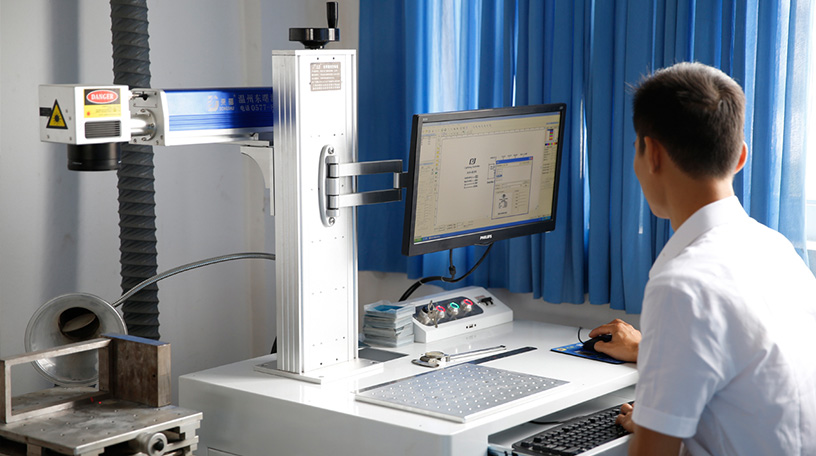Our state-of-the-art research and development laboratories are committed to continuous technological innovation to ensure that our electrical products are at the forefront of the industry.
Ask a Question
Please feel free to contact us if you have any needs.

Our prices are subject to change depending on supply and other market factors. We will send you an updated price list after your company contact us for further information.
At LEEYEE, we recognize the distinctiveness of each customer’s requirements. Therefore, we have established minimum order quantities as a means of guaranteeing the utmost quality in our products and services. Although we maintain standard minimum order thresholds, our team is always willing to engage in discussions regarding your individualized needs and offer tailor-made solutions to meet them.
Yes, we can provide most documentation including Certificates of Analysis / Conformance; Insurance; Origin, and other export documents where required.
For samples, the lead time is about 7 days. For mass production, the lead time is 20-30 days after receiving the deposit payment. The lead times become effective when (1) we have received your deposit, and (2) we have your final approval for your products. If our lead times do not work with your deadline, please go over your requirements with your sale. In all cases we will try to accommodate your needs. In most cases we are able to do so.
You can make the payment to our bank account, Western Union or PayPal:
30% deposit in advance, 70% balance against the copy of B/L.
A:Our company is located in the Wenzhou Zhejiang Province, China.We welcome you at any time! Seeing is believing.
The shipping cost depends on the way you choose to get the goods. Express is normally the most quickest but also most expensive way. By seafreight is the best solution for big amounts. Exactly freight rates we can only give you if we know the details of amount, weight and way. Please contact us for further information.
